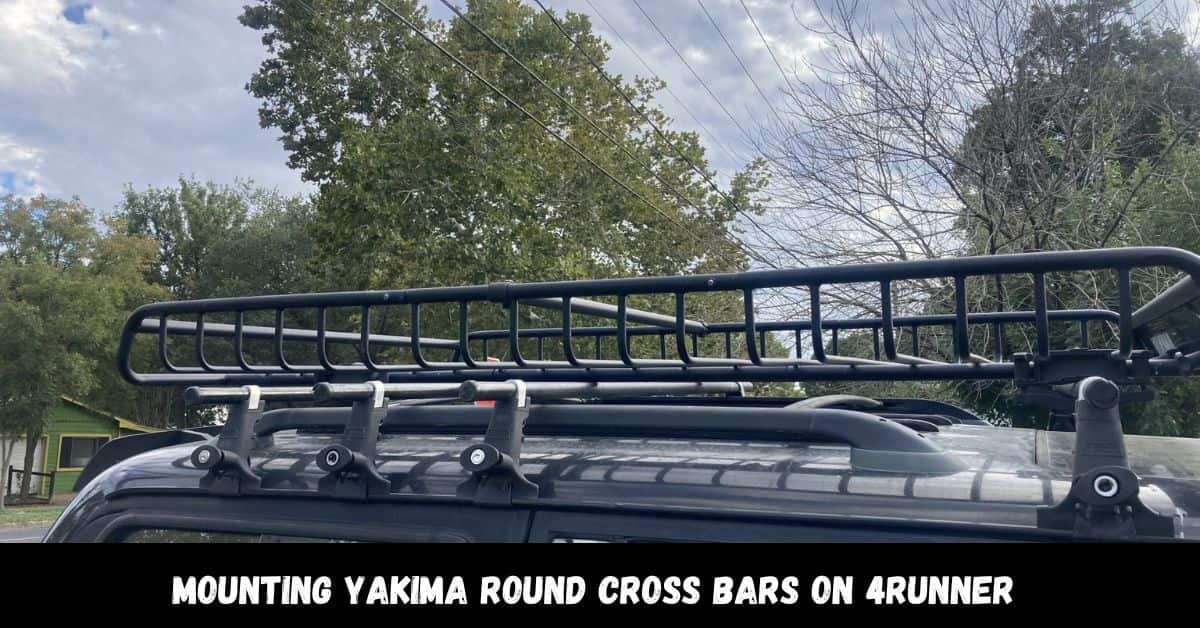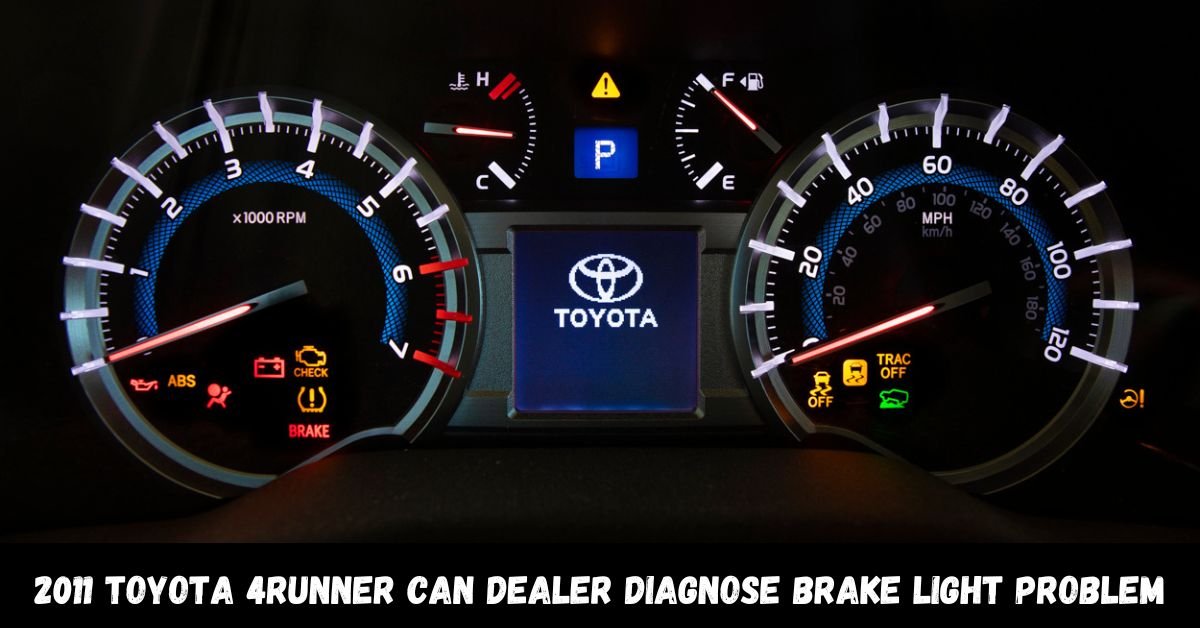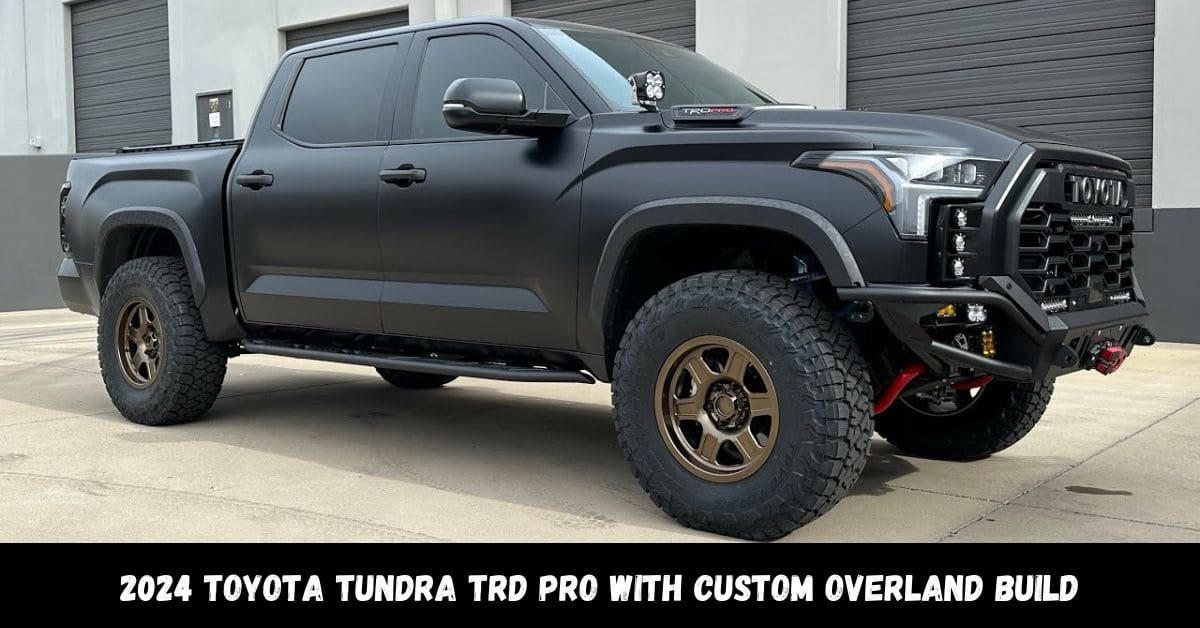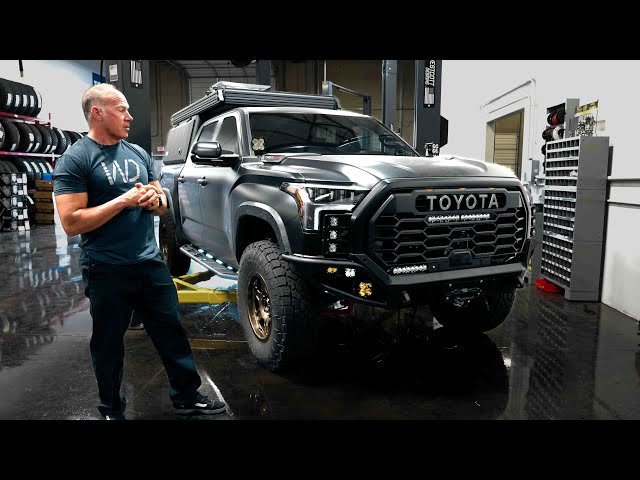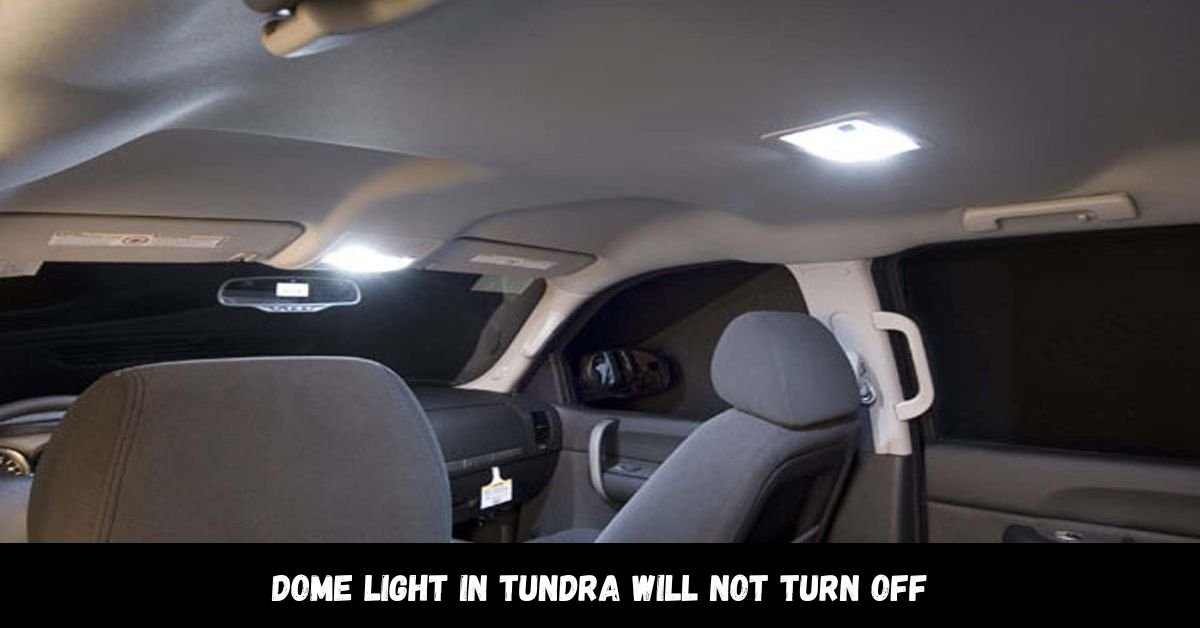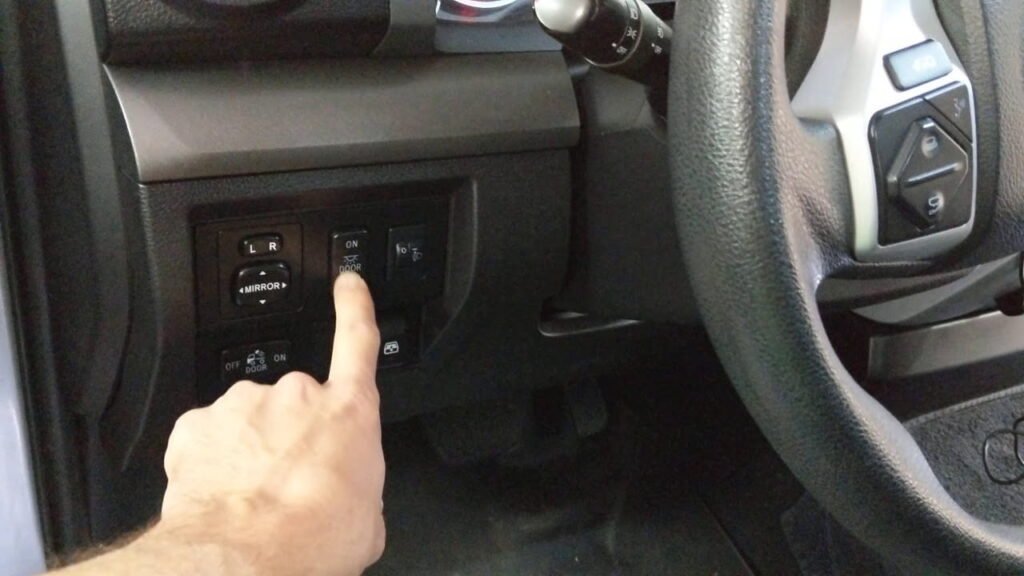Mounting Yakima round cross bars on my 4Runner was easy and quick. The setup was straightforward, and the bars have been perfect for carrying bikes and extra gear. They’ve added great versatility to my vehicle and made trips more convenient. Highly recommend for anyone needing extra storage!
Mounting Yakima round cross bars on a 4Runner adds versatile storage options for transporting gear like bikes, cargo, and skis. The installation is straightforward and provides a secure platform for various accessories, enhancing your vehicle’s functionality.
What is Mounting Yakima Round Cross Bars on a 4Runner?
Mounting Yakima round cross bars on a 4Runner involves installing a set of cylindrical roof bars onto your vehicle’s roof. These cross bars provide a sturdy platform for carrying various types of gear and accessories. Here’s a simple breakdown:
Yakima Round Cross Bars:
- Description: Yakima round cross bars are metal bars that run across the roof of your 4Runner. They are cylindrical in shape, which makes them easy to use with a range of accessories.
- Purpose: The main purpose of these cross bars is to create a base for transporting things like bikes, luggage, or skis. They add extra storage space to your vehicle.
What Are Yakima Round Cross Bars?
Yakima round cross bars are roof rack components designed to carry various types of gear on your vehicle. They are cylindrical and made to be mounted on the roof of your Toyota 4Runner. They offer a versatile platform for attaching accessories like bike racks, cargo carriers, and ski racks.
Materials:
These cross bars are typically made from strong, lightweight materials such as aluminum or steel. They are coated to resist rust and corrosion, ensuring they remain durable even in harsh weather conditions.
Why Choose Yakima Round Cross Bars?
Versatility:
Yakima round cross bars are highly versatile. Their round shape allows for easy attachment of a wide range of accessories, including bike racks, cargo boxes, and kayak carriers. This flexibility makes them a great choice for different activities and needs.
Durability:
These cross bars are built to last. The materials used are chosen for their strength and resistance to wear and tear. Whether you’re driving through rain, snow, or sun, these cross bars are designed to handle the elements and heavy loads.
Adjustability:
One of the key benefits of Yakima round cross bars is their adjustability. You can easily slide the bars along the roof of your 4Runner to find the best position for your gear. This adjustability ensures that you can customize the setup according to your specific needs.
How to Install and Mounting Yakima Round Cross Bars on a 4Runner?
Preparation:
Before you start, gather the following tools and materials:
- Tools: Wrench, screwdriver, and possibly an Allen key.
- Materials: Mounting hardware provided by Yakima.
Installation Steps:
- Attach Base Feet: Secure the base feet of the cross bars to your 4Runner’s roof rails or tracks. Follow the instructions provided by Yakima to ensure a secure fit.
- Position the Cross Bars: Place the round cross bars onto the installed base feet. Adjust them to your preferred location along the roof.
- Secure the Cross Bars: Tighten the cross bars onto the base feet using the provided hardware. Make sure everything is fastened tightly to prevent movement.
Securing the Cross Bars:
After installation, check all connections to ensure they are tight and stable. Make sure the cross bars are aligned properly and do not wobble.
Which Accessories Can Be Used with Yakima Round Cross Bars?
You can use a variety of accessories with Yakima round cross bars, including:
- Bike Racks
- Cargo Carriers
- Ski Racks
- Kayak Carriers
- Roof Bags
- Surfboard Racks
- Snowboard Racks
- Fishing Rod Holders
- Ladder Racks
- Bike Locking Systems
- Fishing Gear Carriers
- Camping Gear Holders
Compatibility:
Ensure that the accessories you choose are compatible with round cross bars. Yakima provides a range of accessories specifically designed for their round bar system. Check compatibility before purchasing.
Benefits:
- Increased Storage: By adding cross bars, you gain additional space for carrying gear, making your trips more convenient.
- Versatility: The round design of the bars allows you to use various accessories, such as bike racks, cargo carriers, and ski racks.
Where to Buy Yakima Round Cross Bars for a 4Runner
Retailers:
You can purchase Yakima round cross bars from various retailers, including:
- Online Stores: Websites like Amazon, Yakima’s official site, or auto accessory retailers.
- In-Store: Automotive stores, outdoor gear shops, or major retailers with an automotive section.
Price Range:
The cost of Yakima round cross bars can vary based on the model and any included features. Generally, expect to pay between $100 and $200. Prices may vary depending on the retailer and any sales or promotions.
Frequently Asked Questions:
Can I install Yakima round cross bars on any 4Runner model?
Yes, Yakima round cross bars can be installed on most Toyota 4Runner models, but it’s important to check compatibility with your specific model year and roof configuration.
Do I need special tools to install the cross bars?
You will need basic tools like a wrench and screwdriver. Some models might require an Allen key or other specific tools, which should be included in the installation kit.
How much weight can the Yakima round cross bars hold?
The weight capacity depends on the specific model of the cross bars and your 4Runner’s roof load rating. Typically, they can handle up to 165 pounds (75 kg), but always check the manufacturer’s specifications.
Can I leave the cross bars on my 4Runner all the time?
Yes, you can leave them on your vehicle, but it’s a good idea to remove them if you don’t plan to use them for a long period to reduce wind resistance and potential noise.
Will Yakima round cross bars affect my vehicle’s fuel efficiency?
Having cross bars installed can slightly affect fuel efficiency due to increased wind resistance. However, the impact is generally minimal.
How do I maintain and clean my Yakima round cross bars?
Regularly clean the cross bars with mild soap and water to remove dirt and debris. Check the hardware periodically to ensure everything is tight and in good condition.
Can I use Yakima round cross bars with other brands of accessories?
Many accessories from other brands can be used with Yakima round cross bars, but ensure they are compatible with the round bar design.
What should I do if I lose a part of the mounting hardware?
Contact Yakima customer service or the retailer where you purchased the cross bars. They can provide replacement parts or help you find a solution.
Can I install Yakima round cross bars myself, or should I have a professional do it?
You can install them yourself using the provided instructions, but if you’re unsure or uncomfortable, having a professional installer handle it can ensure a proper fit.
Are Yakima round cross bars covered by a warranty?
Yes, Yakima round cross bars typically come with a warranty. Check the warranty details provided by Yakima for information on coverage and duration.
Also Read: 2011 Toyota 4Runner Right Rear Brake Light Keeps Going Out – A Complete Guide!
Conclusion:
Mounting Yakima round cross bars on your 4Runner is a great way to expand your vehicle’s storage and transport various gear easily. With their versatility and durability, these cross bars can handle everything from bikes to skis. Whether you’re planning an adventure or need extra cargo space, Yakima round cross bars offer a practical solution. Just follow the installation steps, choose the right accessories, and you’ll be set for your next journey.
